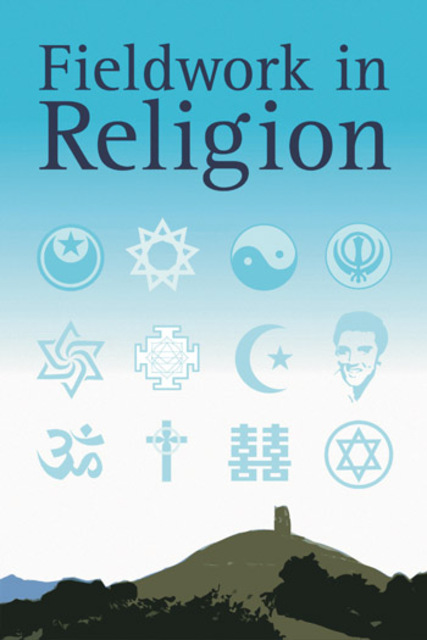Multi-sited Ethnography on a Nexus in Religioscape

Full description
This article focuses on how and why to investigate shared religious places with the methodological approach of multi-sited ethnography. Places can be considered as interconnected nexuses in space that reveal social relations. In consequence, shared religious places are nexuses where various religious traditions manifest. Several places are connected by various religious groups, for example by visiting and building a network within the religioscape of a region. Researchers should consider this interconnection of places during their field research by frequenting connected nexuses. Thus, they are able to contextualize single shared religious places within the religioscape. This article aims to illustrate this methodological approach of multi-sited ethnography to investigate interconnected nexuses within a religioscape. This study exemplifies this approach using the case study of the St Naum monastery which is located in North Macedonia and visited by Christians and Muslims from various ethnic groups of this region. Hence, this article tackles the aim by asking: What is the religioscape of the St Naum monastery? Which places are connected with this monastery? And what information is gained about the monastery by frequenting the other places? This study is complemented by my experiences during field research in Macedonia, Albania and Kosovo.
- typeImage
- created on
- file formatjpg
- file size62 KB
- container titleFieldwork in Religion
- creatorEvelyn Reuter
- issnISSN: 1743-0623 (online)
- issue19.1
- publisherEquinox Publishing Ltd.
- publisher placeSheffield, United Kingdom
- rights holderEquinox Publishing Ltd.
- doi
We use cookies to analyze our traffic. Please decide if you are willing to accept cookies from our website. You can change this setting anytime in Privacy Settings.
